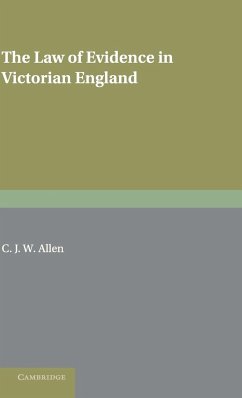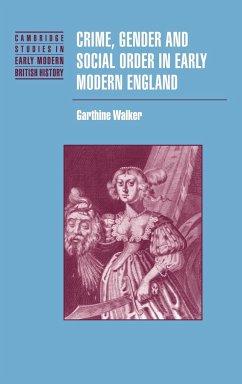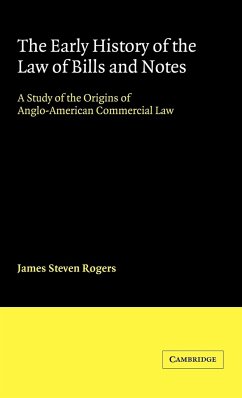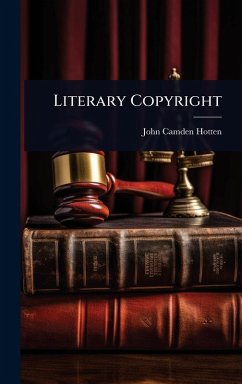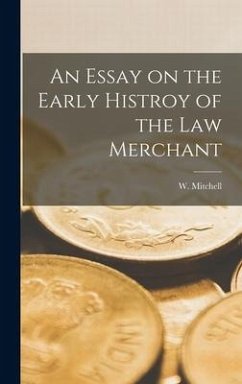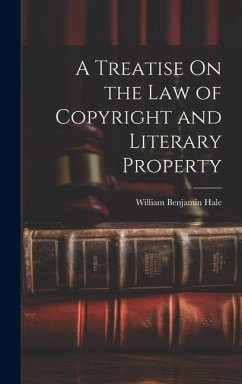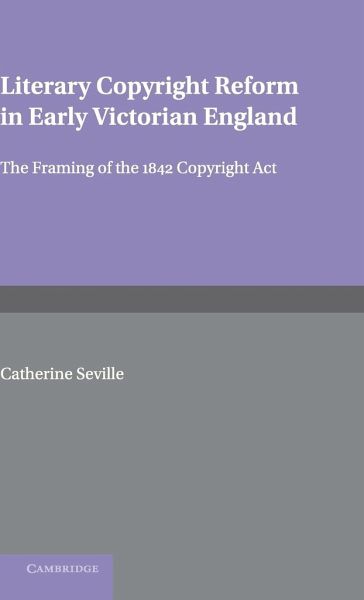
Literary Copyright Reform in Early Victorian England

PAYBACK Punkte
63 °P sammeln!
Talfourd's first Copyright Bill was presented in 1837, and the public and Parliamentary controversy it provoked is reflected in contemporary pamphlets, correspondence, and hundreds of petitions presented to Parliament, as well as in the changing aims of the bill itself. In addition to the expected debate as to the nature of literary property and the economic effects on the publishing trade, discussion of copyright law raised broader questions; the relative values of literature and science, the importance of public education, the dangers of monopolies, and the nature of public interest. In a pe...
Talfourd's first Copyright Bill was presented in 1837, and the public and Parliamentary controversy it provoked is reflected in contemporary pamphlets, correspondence, and hundreds of petitions presented to Parliament, as well as in the changing aims of the bill itself. In addition to the expected debate as to the nature of literary property and the economic effects on the publishing trade, discussion of copyright law raised broader questions; the relative values of literature and science, the importance of public education, the dangers of monopolies, and the nature of public interest. In a period of social, political and technological upheaval, these were incendiary matters. Talfourd audaciously demanded not only a considerable extension of copyright term, but also international protection. This book explores and sets in context the making of the Copyright Act 1842, using it to illuminate enduring issues and difficulties in the legal concept of intellectual property.





